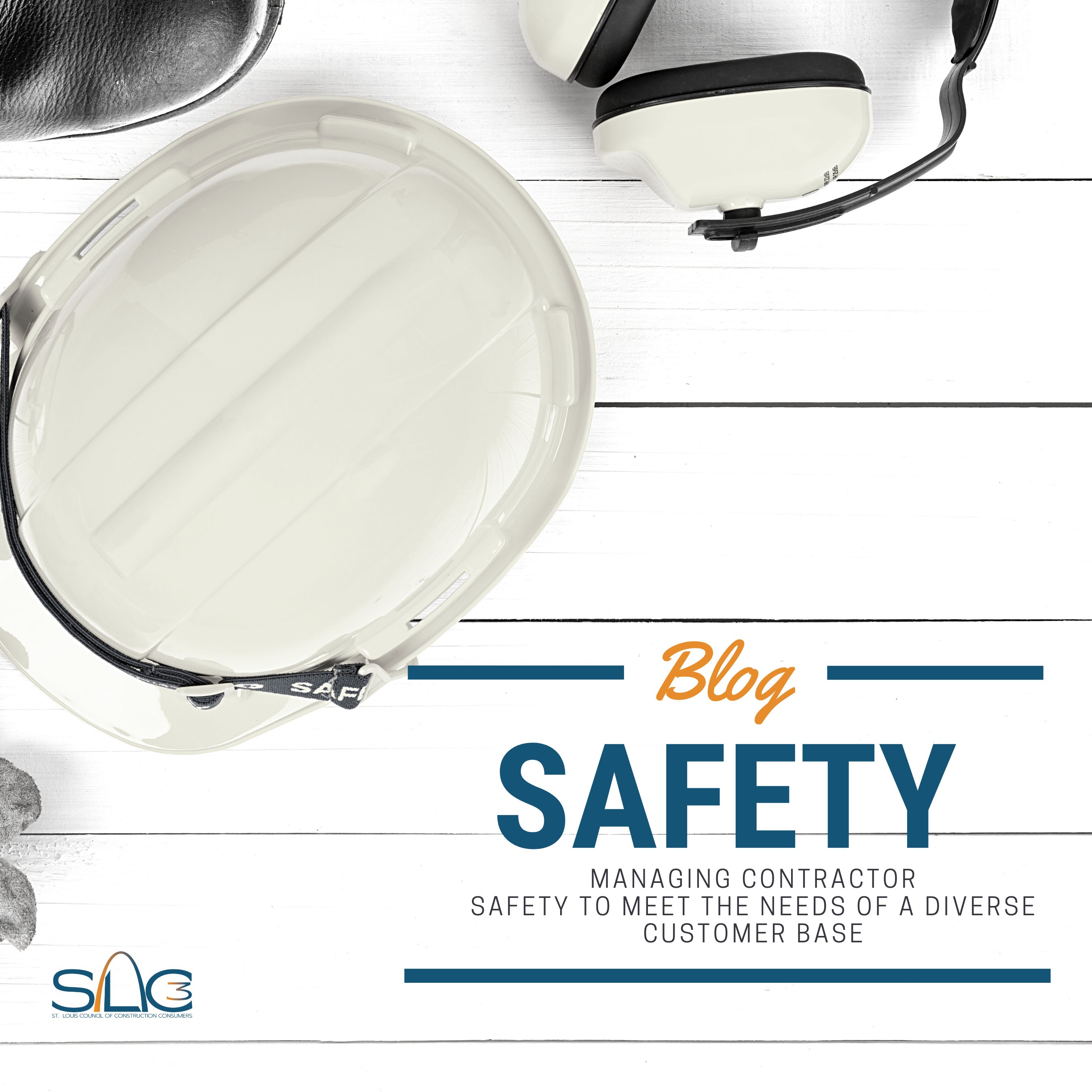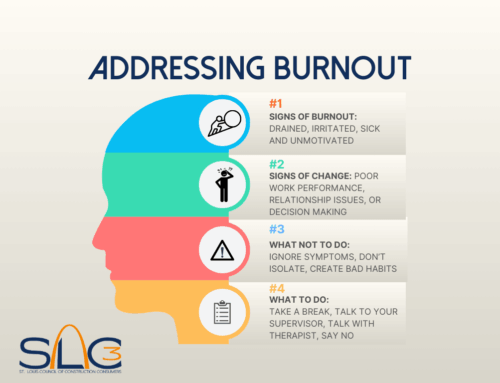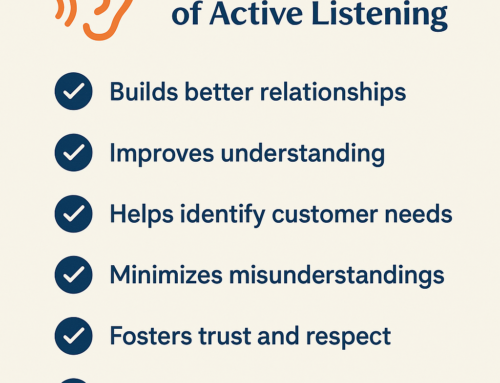Contractors provide valuable consulting, construction, maintenance, and repair services to all sizes and types of commercial, institutional, governmental, and industrial customers throughout our region. In addition to delivering specialized skills to our customers, contractors must perform our work safely. The objective is to achieve safety and health performance that eliminates incidents, injuries, and illnesses in our workplaces. Our expectation as a contractor is ZERO impact to our Customer’s Employees, the Public, Property, Production, Processes, and our Environment. Essentially, we hope to be as non-invasive as possible in carrying out our work scopes at customer facilities. Consistent contractor safety performance for a wide range of services and customers does not just happen because we want it too. We must execute deliberate actions by our management and our crafts to achieve consistent safe performance.
Most of my career as a health and safety professional has been spent with one specialty electrical contractor. We had a small customer base and only employed one skilled craft. Our company was purchased by a mechanical contractor three years ago and then merged as one company last year. Now, our new company employs multiple crafts to support a very diverse customer base. Our company is now signatory to almost every union craft within the building trades. Therefore, our approach to safety had to be more diverse as well. With this increase in different crafts and customers, we face many challenges that force us to recognize that we must tailor our safety management style and programs to the different crafts and industries where we work than ever before.
Our approach to managing safety for a diverse customer base is to keep our programs simple, flexible, and pertinent to the specific work scope and customer policies. While this customization approach is not ground-breaking, it has been effective for maintaining consistent safety performance.
We all have challenges meeting the demands of a competitive market and customers that vary in their expectations of safety excellence from their contractors. When working for a diverse customer base, many customers have rigid safety expectations and others have little or no involvement in contractor safety.
Here are few of the things we, as contractors, always take into consideration when managing our safety program:
- We are guests at our customers facilities. We rarely have complete control of the work environment at a customer site.
- Our customers have varying knowledge of the hazards and mitigation controls in construction. We are being paid to be the subject matter experts for each of our building trades.
- Always remember, our customer is not always right when it comes to contractor safety management, but they are always the customer. Therefore, we have to align our safety goals with theirs and but still push back when we do not agree on the approach or policy.
Construction Safety in a Variety of Industries
As contractors, we provide different services to a diverse customer base that have varying expectations of contractor safety performance. There are safety challenges everyday in what we do from routine and emergency service repairs, to construction in petro-chemical plants, steel industries, schools, hospitals, churches, private, and public sector, etc.
For example, installing the same HVAC unit or electrical gear in a tilt up warehouse is completely different than installing it in a petrochemical facility or a hospital even though the equipment being installed is exactly the same. The hazards and safety requirements of the installation change depending upon the work environment and policies of each facility. This means the plan to safety install the unit changes as well, and we must address and mitigate the hazards of each installation. Therefore, having one written company safety policy or procedure that will accommodate HVAC unit installations at all of our customer sites is not feasible.
Contractor Safety Management – Know your Customer
To be successful and maintain a consistent high level of safety performance, it is not enough to simply perform your work scope without getting one of your own employee’s hurt. We must perform at or above the level that our customer’s expectations and values.
- Invest the time in learning our customer’s business and processes. We must fully understand what they expect, why they wrote their program’s that way, and develop a collaborative partnership with their safety leaders to improve contractor safety performance on their sites.
- Match the right site leadership and craft leadership to the specific customer. This means project managers and safety professionals that have the right knowledge base and commitment to the customer’s safety requirements as if they were their own company’s safety program. We must also make sure our safety leaders have the right personality for the customer to optimize success.
- Know each of our customer’s specific site safety requirements. The same customer may have different rules at their different facilities or different rules for different areas of the same facility. Many of us work at multiple facility locations for the same customer that have different safety rules at their sites. It is challenging for our crafts to remember what rules apply at each location especially if they are assigned to do work at more than one.
Know Your The Workforce – Skilled Building Trades Have Expectations Also
Just as you must know your customers, safety professionals need to be able to visualize construction through the eyes of our skilled building trades to understand what motivates our trades to work safely.
My father was a journeyman wireman who worked out of the union hall his whole life. There was only one piece of advice he ever gave me when I started working as a safety manager for an electrical contractor. He told me that all a contractor needs to do is give the trades the right information, the right materials, proper tools, and explain the work rules and safety expectations. Then just get out of our way and continue to support and monitor us throughout the project. Craftsmen have pride in building stuff. This is what we do. We will get the job done the right way if we have these things. After all these years, I realize that for the most part, he was right. This is what most workers want from the contractor they work for and expect from a customer at their site.
- As project managers and professionals, we need to remember that:
Managing safety is a partnership between contractor leadership and our skilled trades. - There are hazards in construction that are universal to all trades.
- There are hazards and values that are unique to each trade we employ.
- Engage our Labor Union Leadership to understand the safety training and safety culture of each trade we employ. Safety professionals should build a rapport with the Training Directors of each building trade you employ to understand what is being instructed in the classes related to safety.
- Have Subject Matter Experts (SME) for each craft that are fully competent in each discipline we employ.
Develop Our Safety Plans
We all have an overall safety program for each of our companies. Most of these are overarching safety programs that try cover every requirement for every project we bid and are awarded for a diverse customer base.
Our company safety programs are in place to guide our company’s safety performance and eliminate injuries, but we must have the flexibility to develop safety policies and procedures that address the hazards, mitigations, and training needs of a specific work scope at a project site. I have seen many company policies that have a one-rule for all approach that seems logical and is easy to manage, but often restricts doing what is applicable mitigate the hazard in the immediate situation.
As contractors, we often struggle and are in conflict with our own internal safety programs versus owner or general contractor required policies. We must comply with safety rules we did not write that offer little or no benefit in mitigating the hazards we face with our building trades. But contractually, we have to comply.
- Develop Site Specific Safety Programs or work rules for the customer / job scope & Training
- Have a meeting with the customer at the beginning of the project. Submit your Site Safety Plan and explain why you have a safety policy in place that is different than theirs, how it is applicable to your work scope, and mitigations to eliminate hazards or risk. Come to an agreement on the policy and communicate this to project leadership and the crafts affected.
Train Our People – Clearly State the Rules and Expectations
Like I said earlier, building trades want to know the safety rules of the job. This doesn’t mean our skilled trades will always agree with the rules or safety policies, but they do want to know what is expected of them. Most people have no problem being held accountable if they know the expectations. Therefore, it is our obligation to inform them so they understand and have the opportunity to ask questions.
- State the safety expectations as simply as possible. Nobody likes to follow something that is complicated. Also, remember that the more complicated they are for the craft means they are more complicated for us as safety professionals to manage.
- Make them applicable to their work scopes. Explain how the safety requirements will prevent an injury.
- Don’t create rules just to have rules. More is not always better. There needs to be an impact to minimize risk to have value.
- Be receptive to input and feedback from our crafts when they don’t agree with a safety policy. Get an understanding of why they don’t agree and what alternative policy they have instead that meets regulatory requirements, mitigates hazards, and that they will comply with.
Inspect What We Expect – Find and Fix
As managers and safety professionals, we all know that auditing physical hazards, behaviors, safety processes, and systems is an important element of a robust safety program. What I have observed over the years is that sometimes contractors just superficial auditing on their projects until the customer brings an issue to their attention. Then we get serious and address it.
- It is not the customer’s responsibility to identify and correct hazards that we create on their sites. We are hired to perform our work safely and are charged with managing our job site hazards and compliance.
- Go find the hazards or improper behavior on our project sites and correct them.
- Identify Hazards, Observe Safety Behavior, Coach, and Correct.
Maximize Your Safety Network
Safety professionals and contractor leadership often under-utilize opportunities to collaborate with our Regulatory (OSHA), and Industry partners, such as SLCCC, NECA, MCA, COCA, AGC chapters, local safety councils (AASC), etc. We pay dues to these diverse groups of organizations that offer excellent opportunities and resources for best practices to manage our safety programs and peer-to-peer networking. So, if you are not taking advantage of these opportunities, why not? Invest in building your safety network with other owners, contractors, labor leaders, etc. Share your safety successes and struggles managing contractor safety even if may be with competitors. The more we network and implement safety standards as a contractor community, the more opportunity we all have to succeed.
In conclusion, we all want to maintain a safety and health program conforming to the best practices of organizations of our peers. To be successful, such a program must embody the proper attitudes toward injury and illness prevention on the part of management and skilled trades. It also requires cooperation in safety and health matters, not only between supervisor and worker, but also between contractor and customer. Through such a cooperative effort, our safety programs will be in the best interest of all and performed to the best of our abilities.
Thomas J. Adams, Director of Construction Support
GRP|WEGMAN Company
1 Mechanical Drive, Bethalto, IL 62010
SLC3 Associate Member






